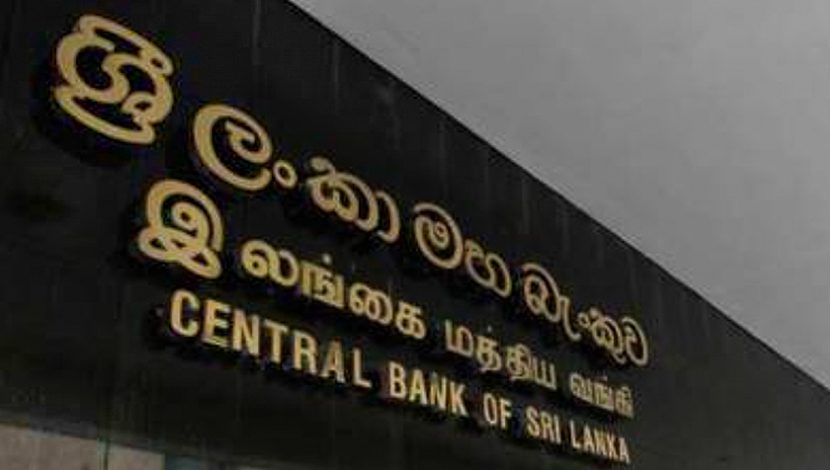General
Amid protests, Sri Lanka CB seen keeping hawkish monetary policy stance despite rupee rise


ECONOMYNEXT – Washington-base World Bank said it had started work on a new Country Partnership framework which will cover the 2023 – 2026 period, as Sri Lanka is working on a bailout from the International Monetary Fund.
The last World Bank country partnership framework ended in 2020 as the Covid pandemic hit the country.
Multilateral lenders stopped giving new loans after the IMF deemed the country’s debt as unsustainable.
In December, the Bank approved Sri Lanka’s request to again access cheaper International Development Association (IDA), despite being a middle income country which had graduated out.
Sri Lanka is now suffering the worst currency crisis in the history of its intermediate regime central bank with the rupee collapsing from 200 to 360 after two years of money printing and a float botched with a surrender rule.
“The people of Sri Lanka have been deeply affected by the macro and debt crisis affecting the country,” World Bank Vice President for South Asia, Martin Raiser said after visiting the country.
“The depth of the crisis has made it clear that Sri Lanka needs a new development model, but this requires greater confidence in and understanding of the government’s reforms.”
The new Country Partnership Framework for the next four years will focus on private sector led job creation, inclusion, preservation and strengthening of human and natural capital, improved governance, and a greener growth path, the lender said.
When Sri Lanka got independence in 1948, it was said to be one of the best performing countries in Asia, after Japan, under an East Asian style currency board arrangement.
But a Latin America style central bank with extensive sterilization powers was set up in 1950 bringing money printing powers to state officials who critics say then denied monetary stabil
Citizens, and businesses were then denied monetary stability for over 70 years as economic bureaucrats used central bank to mis-target rates, re-finance private and state credit and misled legislators into enacting exchange and import controls laws, critics say.
Sri Lanka eventually defaulted on April 2022 after running out of all its foreign reserves.
A new monetary law, planned under the IMF program is set to continue flexible inflation targeting with ‘exchange rate policy’, as well as providing for output gap targeting (printing money for stimulus).
Similar strategies led to serial currency crises, output shocks and eventual sovereign default, according to critics.
A World Bank survey last year found that only 2 percent of ‘experts’ surveyed in South Asia knew that forex shortages were caused by the central bank.
Meanwhile the World Bank is in talks with the government for a series of reforms after the IMF deal, involving the banking sector, social safety nets and telecoms, the President’s media office said. (Colombo/Mar01/2023)








